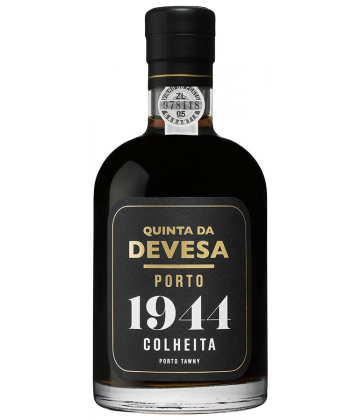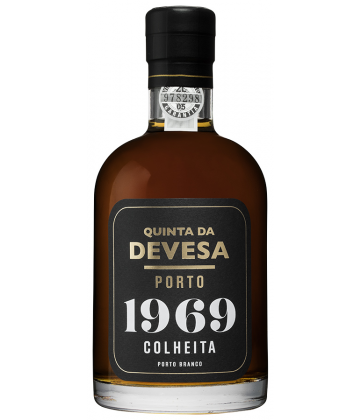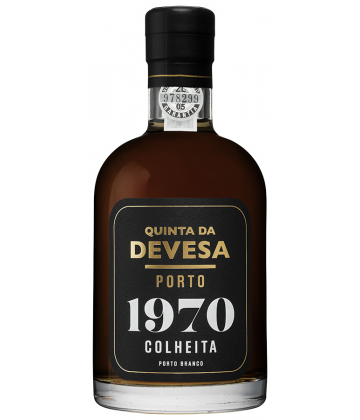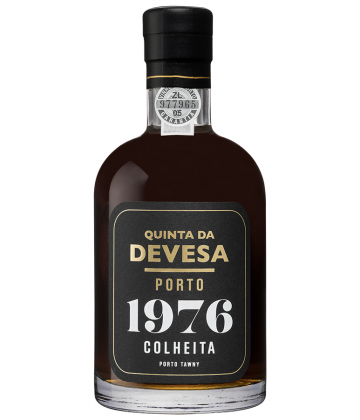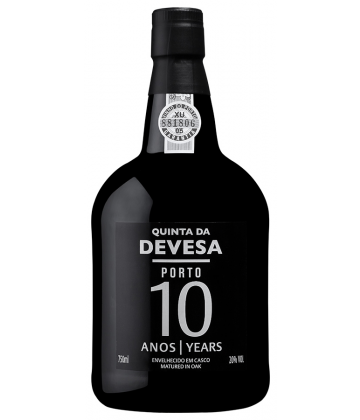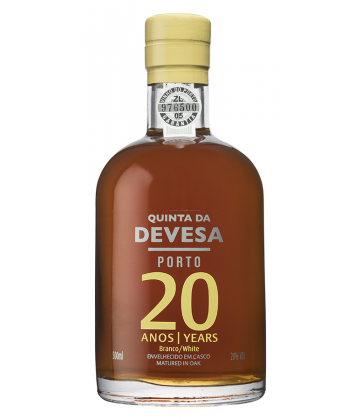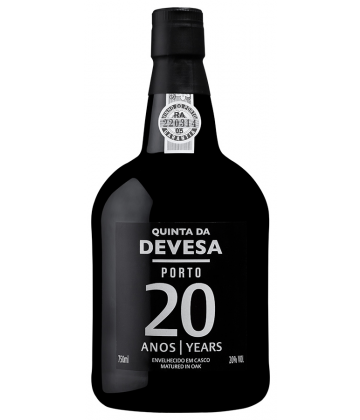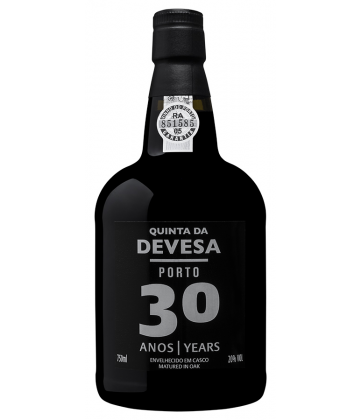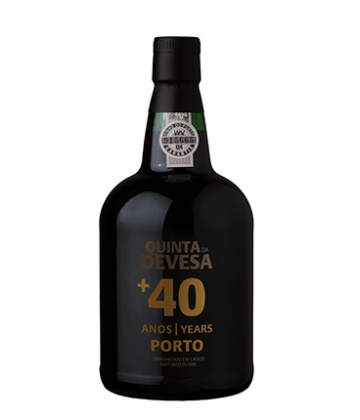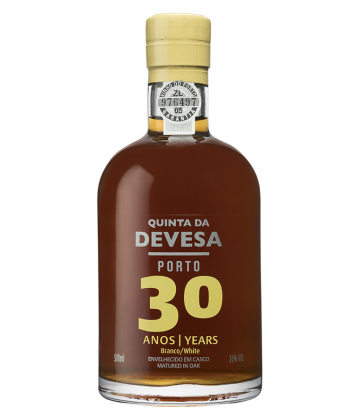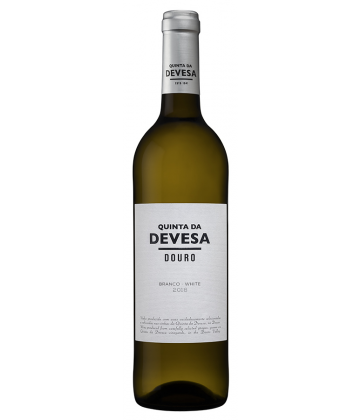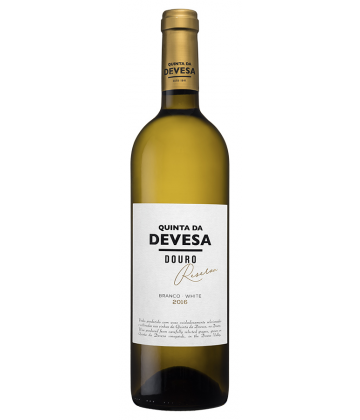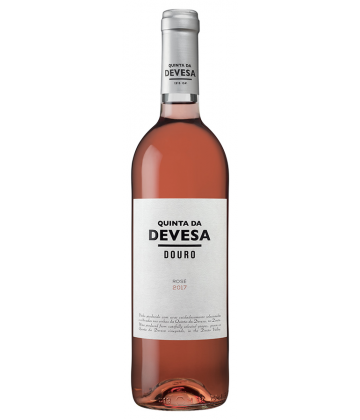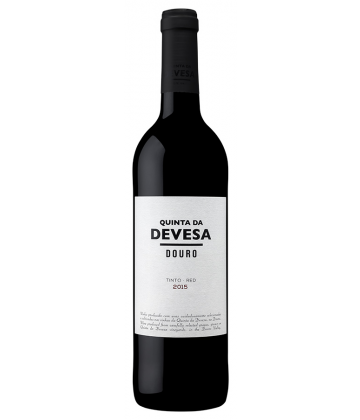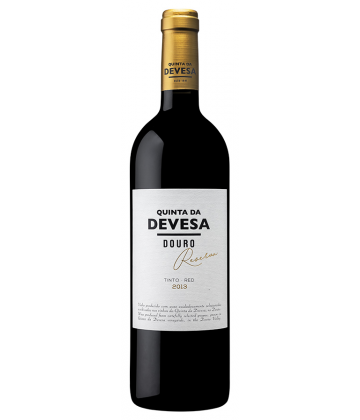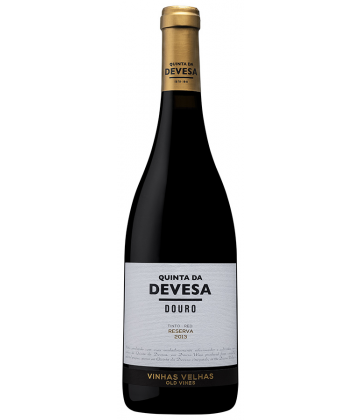Sociedade Agrícola da Quinta da Devesa, Lda
About Us
Quinta da Devesa has been included in the first map of the Douro Demarcated Region created by the Baron of Forrester in 1844. Since 1941, the Fortunato family acquired the history of José Fortunato Júnior and his wife, Antónia Soares Fortunato, is a life dedicated to Port Wine. Since then it has been an independent family business, dedicated to Douro and Porto Wine production. Located in the Cima Corgo sub-region, 10 kms from the Peso da Régua, it is located on a promontory dominating the Douro and Corgo rivers and from where one can enjoy a majestic panorama that covers the valleys of those rivers and mountains of the region.
Its 34 hectares, planted with the recommended grape varieties for the region, extend from a height of 60m to 500m, part facing south with excellent sun exposure, and part facing north from where it receives cooler prevailing winds. This diversity of solar and wind exposure causes varied levels of maturation and development that allow to temporize harvesting in optimal conditions.
Since 1941, the crops considered top quality by family oenologists have been stored and aged in wooden containers in our cellar. These extraordinary wines are now used to produce Quinta de Devesa Port Wines.
The Douro and Port of Quinta da Devesa wines are produced exclusively from grapes from the farm, vinified and aged on the property.
All vines are managed according to a minimum intervention system known as "Integrated Production".
Since 2016, the Quinta da Devesa vineyards have been managed according to the principles of Integrated Production, a rigorous production method that requires the lowest possible intervention in the vineyard. In practice, this means restricting as much as possible the type and quantity of treatments applied to vines for pest and disease control.
Prevention is key and it is therefore essential to count vineyard workers for information. The information obtained is used to carry out risk analysis and identify potential threats to vines in order to avoid the need for aggressive treatments.
Another beneficial aspect of the agricultural management introduced by the winegrowing team has been the use of grassland, that is, sowing among the bards of the vineyards. They help to conserve moisture and combat erosion, also contributing to organic soil matter. These cover crops are a defense against weeds and offer an alternative habitat for insects, which are an essential part of the food chain. In this way, vines provide a healthy habitat for birds, reptiles and mammals, ensuring adequate biodiversity and a balanced and sustainable environment.


